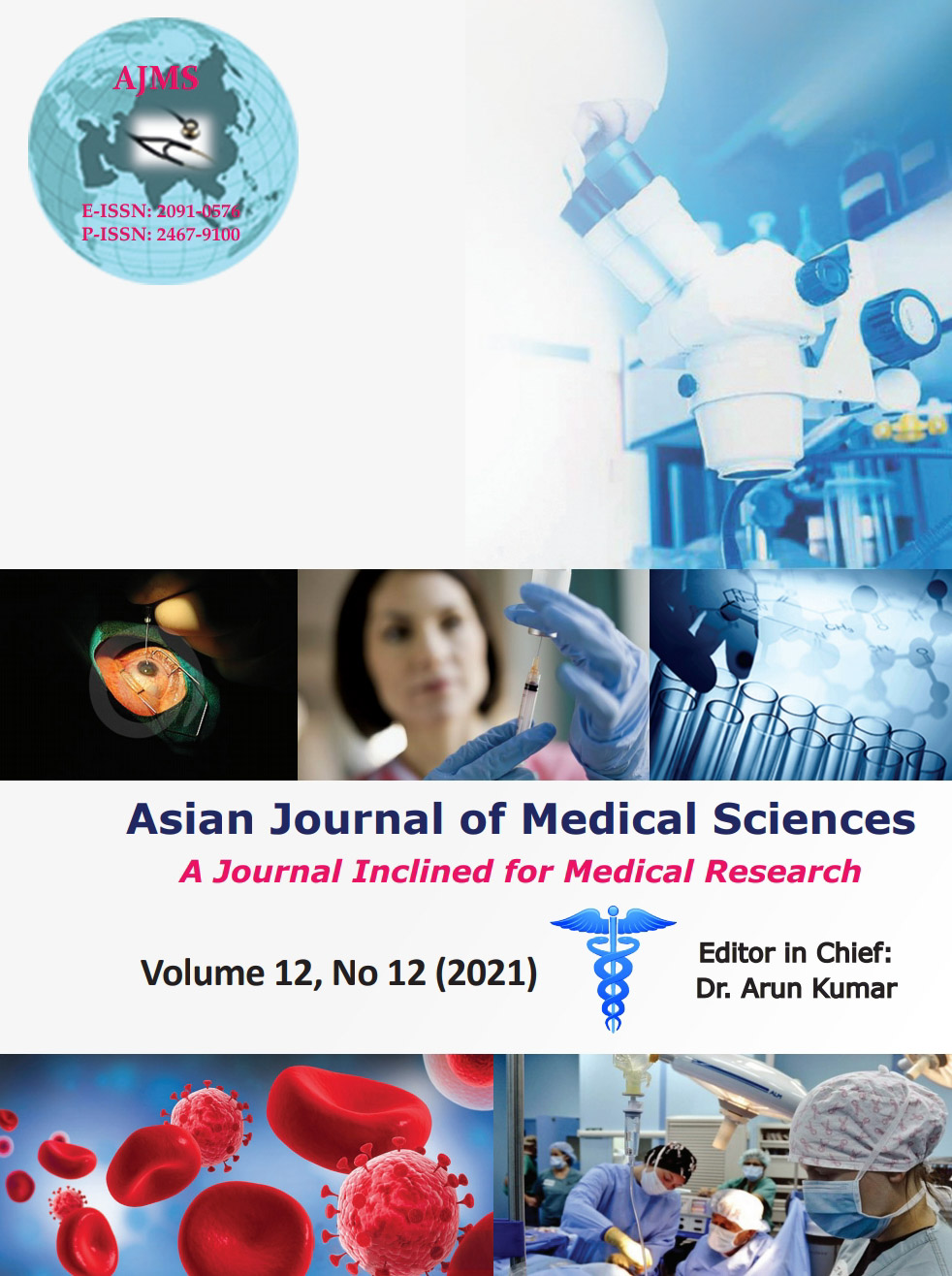Occurrence of COVID-19 in Kolkata slums during second surge
Keywords:
COVID-19, PPM, Second surge, Social distancing, Socio-graphicsAbstract
Background: The clobber of COVID-19 brought a coup-de-grace to humanity in this modern era. New-norms of COVID-19 prevention although appear promising yet often adjunct with non-congruent compliance. The WHO has advocated house-to-house case-linked study to acquire facts on epidemiological and transmissibility traits of COVID-19 in low-income communities. Kolkata experienced the first wave of COVID-19 till November 20, expected second splatter in March 21.
Aims and Objectives: Thinking through a probable upswing of COVID-19 in Kolkata, it was felt prudent to study the occurrence of COVID-19 among residents of two different slums inter-alia study allied factors, if any.
Materials and Methods: The study was carried out in two different slums having 395 and 428 members, respectively, in South Kolkata from March 21 to August 21. Sanction was obtained from administrative authority as well from each individual. Questionnaire containing personal details, awareness, and observance of personal protective measures (PPM) on COVID-19 were sent to members through e-mode; those demurred, contacted in-person under new-norm. Data assembled was coded, tabulated and analyzed. Details of COVID-19 (RT-PCR+ve) cases confirmed by Government/private hospitals were incorporated as and when surfaced.
Results: Communities studied had comparable socio-demographic attributes including education, employment, and economic stand. About 93% of subjects from each slum knew most of the facets of PPM and stated practiced the same. Occurrence rates of COVID-19 were 15.2 and 16.2 per 1000 people of respective communities during study tenure. Majority of indisposed were smoker male (92%) from the lowest SES (53.8%), educated to primary/middle school (46%), and worked as vegetable seller (53.8%). All afflicted stated followed PPM except social distancing (77%) and sanitizer use (53.8%). All affected were smokers/quid-users and shared tobacco sticks/hand-smothered quid for mutual use regularly. The study unveiled unequivocal heterogeneity of COVID-19 transmission in Kolkata slums because of certain unattended socio-graphics besides optimistic reflective of PPM awareness/observance. PPM proffers protection no doubt but its effective role necessitates consistent conformity in the background of certain contextual considerations.
Conclusion: Further research in urban slums is contemplated to enhance the present effort to extricate facts that may lend a hand in COVID-19 prevention tomorrow.
Downloads
Downloads
Published
How to Cite
Issue
Section
License
Copyright (c) 2021 Asian Journal of Medical Sciences

This work is licensed under a Creative Commons Attribution-NonCommercial 4.0 International License.
Authors who publish with this journal agree to the following terms:
- The journal holds copyright and publishes the work under a Creative Commons CC-BY-NC license that permits use, distribution and reprduction in any medium, provided the original work is properly cited and is not used for commercial purposes. The journal should be recognised as the original publisher of this work.
- Authors are able to enter into separate, additional contractual arrangements for the non-exclusive distribution of the journal's published version of the work (e.g., post it to an institutional repository or publish it in a book), with an acknowledgement of its initial publication in this journal.
- Authors are permitted and encouraged to post their work online (e.g., in institutional repositories or on their website) prior to and during the submission process, as it can lead to productive exchanges, as well as earlier and greater citation of published work (See The Effect of Open Access).




